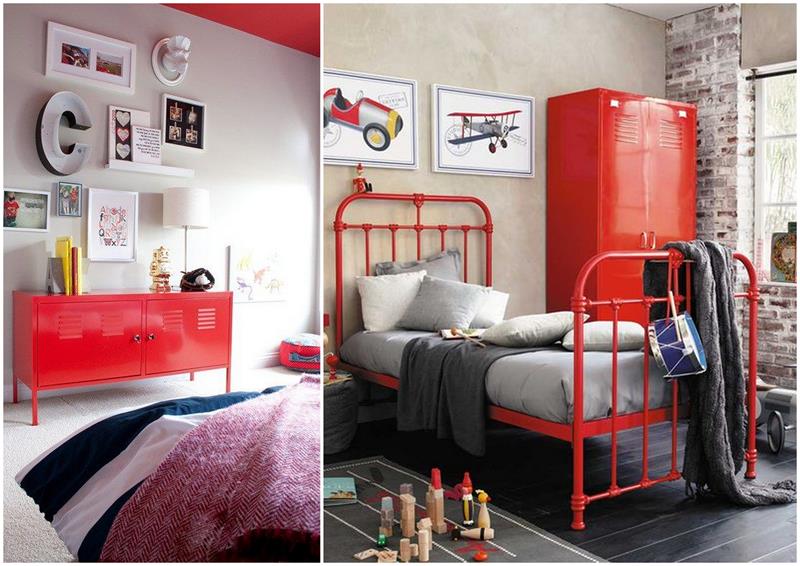 Old tin lockers in particular have their very own charm - as authentic contemporary witnesses from trade and industry. So if you find such a piece: Hold tight, derust and work up!
Old tin lockers in particular have their very own charm - as authentic contemporary witnesses from trade and industry. So if you find such a piece: Hold tight, derust and work up!
Maybe you have a tin locker like that in your basement or attic. Rusty, sad and forgotten he waits for the next bulky waste. "Nothing there!“, let's say from do-it-yourself, "A cupboard like this can be turned into an absolute eye-catcher." For example, a cupboard.
Secure, derusting a tin cupboard is a dusty business, but with a vacuum cleaner on the grinder you can limit the spread of dirt. And rest assured: It is worth it. At the latest after painting you will not recognize the old locker.
We built the new interior from lacquered MDF board. You don't even need a saw for this, because you can have the panels cut to size at the hardware store. So get to the closet, because one thing is for sure: The old lockers are becoming fewer and fewer, the new ones cost a lot of money.
Remove rust and free the surface from loose paint residues – these are the basic preparations for a perfect coat of paint. But it is difficult, if you only try it with a wire brush. A couple of strong machine brushes have to "hold the line"! There are a wide variety of shapes and materials, such as the fan grinder (right at the front) made of many small sections of abrasive cloth, which is great for working on small areas. The cup brush (to the left) with the steel bristles is just as suitable for structured surfaces and profiles as the very coarse braided brush (behind). The orange disc brush (at the very back) is made of nylon. Nylon brushes last several times longer than wire brushes – so you can work with her longer. You can also get nylon brushes as pot brushes, subjects- or disc brushes.
Rust protection without time-consuming preparation?
When the iron is bare – no problem. But if it's rusted? Then one resorts to special metal protective paints, for example from Hammente. The preparation is limited to that, thoroughly remove heavy rust from the workpiece with rust remover and loose particles with a wire brush. Paint residues are sanded smooth. Then you paint directly on the still somewhat rusty iron. That's possible, because the paint is a combination of high quality resins, heat-hardened glass particles, contains color pigments and water-repellent substances. This formulation stops and prevents rust formation – through hermetic air sealing – new rust formation. The rust blocker also works, but is a primer for non-manufacturer paints.
1 Wichtig bei jedem Anstrich: Loose substrates and peeling paint must be removed. The easiest way to do this is with an angle grinder, the multi-sanding brush or the drill with appropriate brushes- or grinding head. Be sure to wear protective goggles to protect against flying paint slabs.
2 Kniffelige Stellen wie etwa Scharniere werden mit der Eisenbürste bearbeitet. Those with a curved brush head are particularly suitable.
3 Die Rostblocker-Grundierung wird auf den Flächen mit der Rolle und in den Fugen mit dem Pinsel aufgetragen.
4 Nach dem Durchtrocknen den Kunstharzlack auf gleiche Weise auftragen.